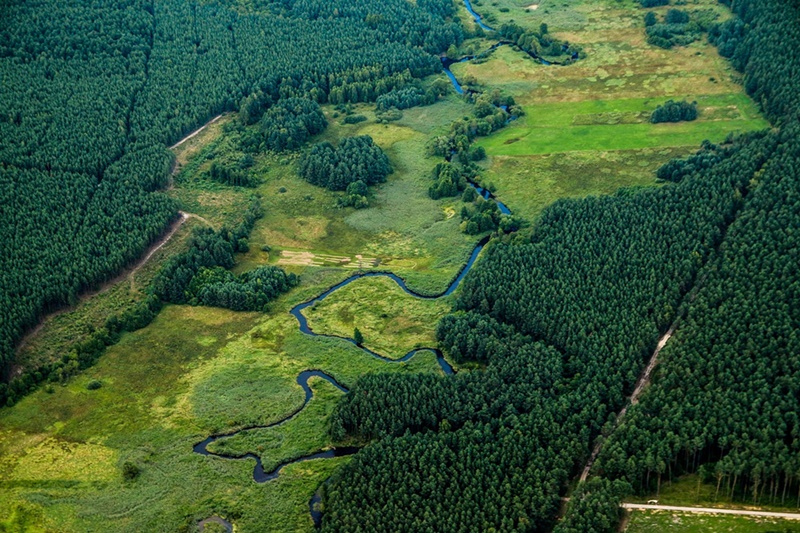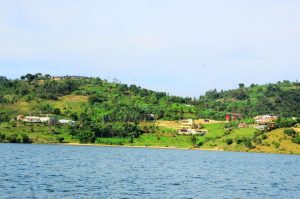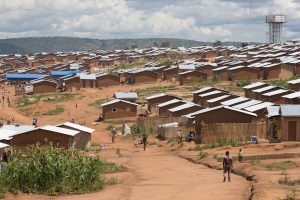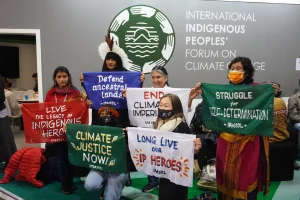Countries Urged to triple investments in forests

The United Nations Environment Programme (UNEP) is urging governments and investors to triple annual investments in forests by 2030, warning that the world’s most threatened tropical forests are also among the most valuable for people and the planet.
Two new UNEP reports released this week reveal that protecting high-risk tropical forests could deliver enormous benefits for water, food, energy, and disaster resilience, yet current funding remains far below what is needed.
“Forests are not just carbon stores or wildlife habitats – they are the infrastructure of our global food, water, and economic systems,” said Inger Andersen, UNEP Executive Director. “Failing to invest in tropical forest protection undermines their true value, especially in countries that are navigating complex trade-offs between development and conservation every day.”
The first report, High-Risk Forests, High-Value Returns, shows that safeguarding 391 million hectares of tropical forests, an area roughly the size of the European Union, would deliver “outsized returns” for human well-being.
Forests play a crucial role in water regulation, preventing 2.3 million tonnes of nitrogen pollutants and 527 million tonnes of sediment from entering rivers each year. This protects reservoirs, sustains hydropower and irrigation systems, and helps maintain rainfall patterns by recycling up to 14 percent of regional rainfall.
They also bolster food security by supporting pollinators like bees and birds that sustain the nutritional needs of around 10 million people annually. For millions of rural households, forests provide vital energy and livelihoods, offering wood and other products used for cooking, heating, and income generation.
Beyond these benefits, tropical forests act as natural shields against extreme weather, preventing an estimated US$81 billion in disaster-related losses every year.
The report stresses that protecting forests must go hand in hand with equitable development, calling for finance to be directed toward the most threatened ecosystems while supporting the communities who depend on them.
A second report, 2025 State of Finance for Forests: Unlock. Unleash., highlights a massive funding gap in global forest protection. In 2023, total financing reached just US$84 billion, with US$75 billion from domestic public sources, US$3 billion from international public sources, and US$7.5 billion from private investors.
To achieve global forest goals, annual investment needs to rise to US$300 billion by 2030 and nearly US$500 billion by 2050. That leaves an annual shortfall of about US$216 billion.
Meanwhile, environmentally harmful agricultural subsidies, estimated at over US$400 billion per year, continue to fuel deforestation, causing the loss of about 2.2 million hectares of forest annually.
UNEP warns that bridging the finance gap will require redirecting capital away from deforestation-linked activities and prioritizing forest protection, which it identifies as the most cost-effective investment. Protecting forests alone would require just US$32 billion of additional funding by 2030 but could secure 80 percent of the total land area needed to meet global targets.
“Tripling investments in forests by 2030 is not just an environmental goal,” Andersen said. “It’s a development imperative that safeguards water, food, energy, and resilience for billions of people.”

SUBSCRIBE TO OUR NEWSLETTER


















